Home>Construction & Tools>Building Materials>How To Get Latex Paint Off Of Brick
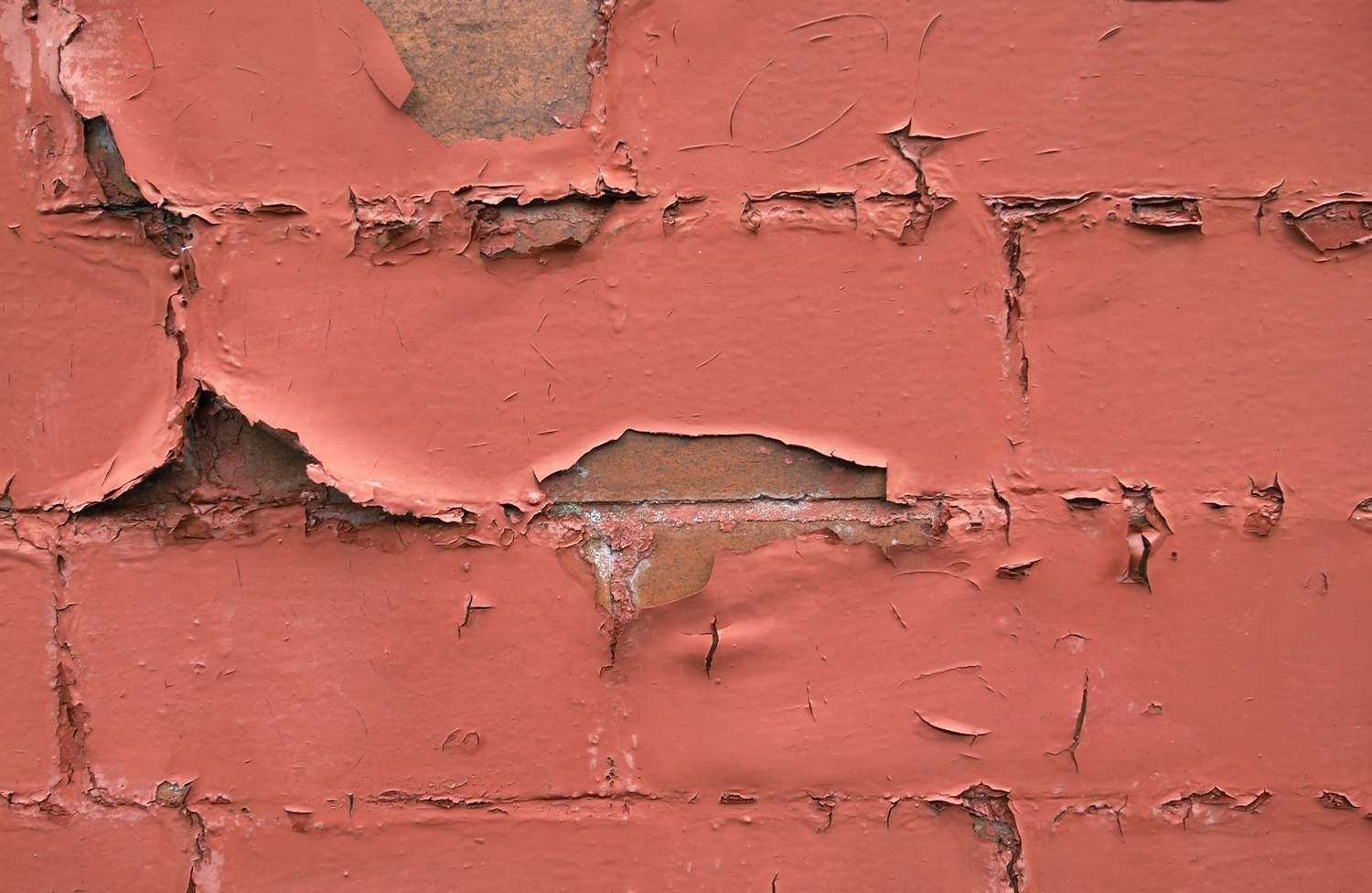

Building Materials
How To Get Latex Paint Off Of Brick
Modified: August 30, 2024
Learn effective methods for removing latex paint from brick surfaces. Discover safe techniques using common building materials.
(Many of the links in this article redirect to a specific reviewed product. Your purchase of these products through affiliate links helps to generate commission for Storables.com, at no extra cost. Learn more)
Introduction
Removing latex paint from brick surfaces can be a challenging task, but with the right techniques and tools, it is entirely achievable. Whether you're looking to restore the natural beauty of your brickwork or preparing the surface for a new coat of paint, understanding the methods for effectively removing latex paint from brick is crucial.
Brick is a durable and visually appealing building material commonly used in both interior and exterior construction. However, when latex paint is applied to brick surfaces, it can alter the appearance and texture, detracting from the natural aesthetic that makes brick so desirable.
In this comprehensive guide, we will explore various methods for removing latex paint from brick, considering both traditional and modern approaches. From chemical paint strippers to pressure washing, heat guns, sandblasting, and wire brushes, each method offers its own set of advantages and considerations. By understanding the nuances of each technique, you can confidently choose the most suitable approach for your specific project.
Whether you're a seasoned contractor, a passionate DIY enthusiast, or a homeowner looking to revitalize your living space, this guide will equip you with the knowledge and insights needed to tackle the challenge of removing latex paint from brick effectively and efficiently. Let's delve into the world of brick restoration and discover the best practices for achieving remarkable results.
Key Takeaways:
- Removing latex paint from brick requires careful consideration of methods such as chemical paint strippers, pressure washing, heat guns, sandblasting, and wire brushing. Each method offers unique advantages and considerations for achieving optimal results.
- Understanding the composition of latex paint and its interaction with brick surfaces is crucial for selecting the most effective removal method. Factors such as the flexibility and porous nature of brick, as well as the age and number of paint layers, influence the complexity of the removal process.
Read more: How To Get Dried Latex Paint Out Of A Carpet
Understanding Latex Paint
Latex paint, also known as acrylic paint, has become a popular choice for interior and exterior applications due to its versatility, ease of use, and quick drying time. Composed of water, pigment, and a binder, latex paint forms a durable and resilient coating when applied to various surfaces, including brick. Its widespread use can be attributed to its low odor, easy cleanup with water, and ability to resist cracking and fading over time.
When latex paint is applied to brick surfaces, it can create a uniform and colorful finish, transforming the appearance of the brickwork. However, over time, the need to remove or refresh the paint may arise. Understanding the composition of latex paint is essential when considering the most effective methods for its removal from brick.
Latex paint forms a flexible film as it dries, allowing it to expand and contract with the substrate, which is advantageous for surfaces prone to movement, such as brick walls. This flexibility also presents a challenge when attempting to remove the paint, as it adheres firmly to the porous and textured surface of the brick.
Additionally, the porous nature of brick allows the paint to penetrate into its surface, making complete removal more complex than from smoother surfaces. The presence of multiple nooks and crannies in the brickwork can trap the paint, requiring thorough and targeted removal techniques to achieve the desired results.
Furthermore, the age of the paint and the number of layers applied can influence the difficulty of removal. Older layers of latex paint may have undergone chemical changes over time, making them more resistant to conventional removal methods.
By gaining insight into the properties of latex paint and its interaction with brick surfaces, you can make informed decisions regarding the most appropriate approach for removing the paint while preserving the integrity of the underlying brickwork. With this understanding in mind, let’s explore the various methods for removing latex paint from brick and uncover the most effective strategies for achieving a pristine finish.
Methods for Removing Latex Paint from Brick
When it comes to removing latex paint from brick, several methods can be employed, each with its own set of advantages and considerations. Whether you prefer a chemical approach, the use of high-pressure water, or the application of heat and abrasives, selecting the most suitable method depends on the specific characteristics of the paint and the brick surface, as well as the desired outcome.
Before embarking on the paint removal process, it’s essential to consider the environmental impact, safety precautions, and the potential for surface damage. Additionally, assessing the condition and porosity of the brick, as well as the thickness and adherence of the paint, will inform the most appropriate method for achieving optimal results.
Let’s explore the various methods for removing latex paint from brick, considering their effectiveness and potential impact on the underlying surface:
- Chemical Paint Strippers: Chemical paint strippers are formulated to break down and soften paint, facilitating its removal from surfaces. When using a chemical paint stripper on brick, it’s essential to select a product suitable for masonry and follow the manufacturer’s instructions meticulously to avoid damage to the brick.
- Pressure Washing: High-pressure water can be utilized to dislodge and remove latex paint from brick surfaces. Care must be taken to adjust the water pressure to a level that effectively removes the paint without causing damage to the brick.
- Heat Gun: Applying heat using a heat gun can soften the paint, making it easier to scrape off the surface of the brick. This method requires precision and caution to avoid overheating the brick and causing structural damage.
- Sandblasting: Sandblasting involves propelling abrasive materials at high velocity to remove paint from surfaces. When using this method on brick, it’s crucial to select the appropriate abrasive material and maintain a suitable distance to prevent excessive erosion of the brick surface.
- Wire Brush: A wire brush can be employed to mechanically scrape and remove paint from the textured surface of brick. This method requires patience and attention to detail to effectively remove the paint without causing damage to the brick.
Each method offers distinct advantages and considerations, and the most suitable approach depends on the specific characteristics of the paint and the brick surface, as well as the desired outcome. By carefully evaluating these methods, you can select the most effective technique for removing latex paint from brick while preserving the integrity and visual appeal of the underlying surface.
Using Chemical Paint Strippers
Chemical paint strippers are a popular choice for removing latex paint from brick surfaces due to their effectiveness in breaking down and softening the paint for easy removal. When selecting a chemical paint stripper for use on brick, it is crucial to choose a product specifically formulated for masonry surfaces to ensure optimal results and prevent potential damage.
The process of using chemical paint strippers on brick involves several key steps to achieve successful paint removal:
- Surface Preparation: Before applying the chemical paint stripper, the brick surface should be cleaned and free of any loose debris or dirt. This ensures proper adhesion of the stripper to the paint and maximizes its effectiveness.
- Application of the Stripper: The chemical paint stripper is applied to the painted brick surface using a brush or roller, ensuring complete coverage of the affected areas. It is essential to follow the manufacturer’s instructions regarding the application method, dwell time, and safety precautions.
- Dwell Time: The chemical paint stripper is allowed to dwell on the surface for a specified period, typically ranging from several minutes to an hour, depending on the product and the thickness of the paint layers. During this time, the stripper penetrates the paint, softening it and breaking the bond between the paint and the brick.
- Paint Removal: After the dwell time has elapsed, the softened paint can be carefully scraped or washed off the brick surface using a putty knife, scraper, or pressure washer. It is essential to exercise caution and use appropriate protective gear when handling the paint-stripping process.
- Surface Cleaning: Once the majority of the paint has been removed, the brick surface should be thoroughly cleaned to eliminate any residual paint and stripper residue. This may involve rinsing the surface with water and using a scrub brush to ensure a clean and paint-free finish.
- Surface Inspection: After the paint removal process is complete, it is crucial to inspect the brick surface for any remaining paint or signs of damage. Any lingering paint can be addressed with additional stripping or targeted removal methods.
When using chemical paint strippers on brick, it is important to prioritize safety by wearing protective clothing, gloves, and eyewear, and ensuring adequate ventilation in the work area. Additionally, proper disposal of the removed paint and used stripping materials is essential to minimize environmental impact.
By following these steps and adhering to the manufacturer’s guidelines, the use of chemical paint strippers can be an effective and efficient method for removing latex paint from brick surfaces, restoring the natural beauty of the brickwork with precision and care.
Using Pressure Washing
Pressure washing is a versatile and effective method for removing latex paint from brick surfaces, utilizing the force of high-pressure water to dislodge and remove paint without the need for harsh chemicals or abrasives. When employing pressure washing to remove paint from brick, it is essential to consider the appropriate equipment, water pressure, and techniques to achieve optimal results while safeguarding the integrity of the brickwork.
The process of using pressure washing to remove latex paint from brick involves several key considerations and steps:
- Equipment Selection: Select a pressure washer with a suitable pressure rating and nozzle to ensure effective paint removal without causing damage to the brick surface. It is essential to choose a pressure washer specifically designed for masonry applications to achieve the desired results.
- Surface Preparation: Prior to pressure washing, the brick surface should be inspected and prepared by removing any loose debris, dirt, or contaminants. This ensures that the pressure washing process can focus on removing the paint without interference from surface impurities.
- Adjusting Water Pressure: Carefully adjust the water pressure of the pressure washer to a level that effectively dislodges and removes the paint while avoiding excessive force that could damage the brick. It is advisable to start with a lower pressure setting and gradually increase as needed.
- Paint Removal: Using the pressure washer, direct the high-pressure water stream onto the painted brick surface, systematically working across the affected areas to dislodge and remove the paint. It may be necessary to vary the distance and angle of the nozzle to achieve thorough paint removal without compromising the brick’s integrity.
- Surface Inspection: After the pressure washing process is complete, inspect the brick surface to ensure that the majority of the paint has been successfully removed. Any remaining paint or stubborn areas can be targeted for additional pressure washing or alternative removal methods.
- Surface Drying and Cleaning: Allow the brick surface to dry thoroughly after pressure washing, and conduct a final cleaning to remove any residual paint particles or debris. This may involve gentle scrubbing with a brush and rinsing with water to achieve a clean and paint-free finish.
When using pressure washing to remove paint from brick, it is important to maintain a safe distance from the surface and exercise caution to prevent damage or erosion. Additionally, wearing appropriate protective gear, such as eyewear and gloves, is advisable to ensure personal safety during the pressure washing process.
By following these steps and utilizing the appropriate pressure washing techniques, the removal of latex paint from brick surfaces can be achieved effectively and efficiently, restoring the natural charm and texture of the brickwork with precision and care.
Use a wire brush or power washer to remove as much paint as possible. Then, apply a commercial paint stripper and let it sit for the recommended time before scrubbing with a stiff brush. Rinse with water.
Read more: How To Store Latex Paint
Using Heat Gun
Employing a heat gun is a method for removing latex paint from brick surfaces that involves the application of controlled heat to soften and loosen the paint, making it easier to scrape or peel off the brick. This approach requires precision, patience, and attention to detail to achieve successful paint removal while safeguarding the integrity of the underlying brickwork.
The process of using a heat gun to remove latex paint from brick involves several key steps and considerations:
- Surface Preparation: Before using the heat gun, the brick surface should be cleaned and inspected to ensure it is free of any loose debris, dirt, or contaminants. This allows for focused and efficient paint removal without interference from surface impurities.
- Heat Application: Using a heat gun set to an appropriate temperature, the heat is directed onto the painted brick surface in a controlled manner. It is essential to maintain a safe distance from the surface and avoid prolonged exposure to prevent overheating and potential damage to the brick.
- Softening the Paint: As the heat gun is applied, the latex paint begins to soften and bubble, indicating that it is becoming pliable and easier to manipulate. Careful observation and gradual heat application are essential to ensure thorough softening of the paint without scorching or damaging the brick.
- Scraping or Peeling: Once the paint has been sufficiently softened by the heat, it can be carefully scraped or peeled off the brick surface using a putty knife, scraper, or similar tool. It is important to work methodically and gently to remove the paint without causing undue stress to the brick.
- Surface Inspection: After the paint removal process is complete, the brick surface should be inspected to ensure that the majority of the paint has been successfully removed. Any remaining paint or areas requiring additional attention can be addressed with targeted heat application and removal techniques.
- Surface Cleaning: Following paint removal, the brick surface should be cleaned to eliminate any residual paint particles or debris. This may involve gentle brushing and wiping to achieve a clean and paint-free finish.
When using a heat gun for paint removal, it is crucial to exercise caution, maintain a safe distance from the surface, and avoid overheating to prevent damage to the brick. Additionally, wearing appropriate protective gear, such as gloves and eyewear, is advisable to ensure personal safety during the heat application process.
By following these steps and employing the appropriate heat gun techniques, the removal of latex paint from brick surfaces can be accomplished with precision and care, restoring the natural allure and texture of the brickwork.
Using Sandblasting
Sandblasting is a powerful method for removing latex paint from brick surfaces, utilizing abrasive materials propelled at high velocity to dislodge and eliminate the paint effectively. When employing sandblasting for paint removal, it is crucial to consider the appropriate abrasive material, equipment, and techniques to achieve optimal results while preserving the integrity of the underlying brickwork.
The process of using sandblasting to remove latex paint from brick involves several key considerations and steps:
- Equipment Selection: Select a sandblasting system equipped with a suitable abrasive material and nozzle to ensure effective paint removal without causing excessive erosion or damage to the brick surface. It is essential to choose a sandblasting system specifically designed for masonry applications to achieve the desired results.
- Surface Preparation: Prior to sandblasting, the brick surface should be inspected and prepared by removing any loose debris, dirt, or contaminants. This ensures that the sandblasting process can focus on removing the paint without interference from surface impurities.
- Abrasive Material Selection: Choose an abrasive material suitable for brick surfaces, considering its hardness and particle size to achieve effective paint removal while minimizing damage to the brick. Common abrasive materials used for sandblasting include sand, crushed glass, and garnet.
- Adjusting Pressure and Distance: Carefully adjust the pressure and distance of the sandblasting nozzle to a level that effectively dislodges and removes the paint without causing excessive erosion or damage to the brick. It is advisable to start with lower pressure and gradually increase as needed.
- Paint Removal: Using the sandblasting equipment, direct the abrasive material at high velocity onto the painted brick surface, systematically working across the affected areas to dislodge and remove the paint. It is essential to vary the distance and angle of the nozzle to achieve thorough paint removal while safeguarding the integrity of the brick.
- Surface Inspection: After the sandblasting process is complete, inspect the brick surface to ensure that the majority of the paint has been successfully removed. Any remaining paint or stubborn areas can be targeted for additional sandblasting or alternative removal methods.
- Surface Cleaning: Following paint removal, the brick surface should be cleaned to eliminate any residual paint particles or abrasive material. This may involve gentle brushing and rinsing to achieve a clean and paint-free finish.
When using sandblasting for paint removal, it is important to exercise caution, maintain a suitable distance from the surface, and adjust the pressure to prevent excessive erosion. Additionally, wearing appropriate protective gear, such as eyewear and gloves, is advisable to ensure personal safety during the sandblasting process.
By following these steps and utilizing the appropriate sandblasting techniques, the removal of latex paint from brick surfaces can be achieved effectively and efficiently, restoring the natural charm and texture of the brickwork with precision and care.
Using a Wire Brush
Employing a wire brush is a mechanical method for removing latex paint from brick surfaces, utilizing the abrasive bristles to scrape and dislodge the paint effectively. When using a wire brush for paint removal, it is crucial to consider the appropriate brush type, techniques, and precautions to achieve optimal results while preserving the integrity of the underlying brickwork.
The process of using a wire brush to remove latex paint from brick involves several key considerations and steps:
- Brush Selection: Select a wire brush with bristles suitable for brick surfaces, considering the bristle material and stiffness to achieve effective paint removal without causing damage to the brick. Wire brushes with tempered steel or brass bristles are commonly used for this purpose.
- Surface Preparation: Prior to using the wire brush, the brick surface should be inspected and prepared by removing any loose debris, dirt, or contaminants. This ensures that the wire brushing process can focus on removing the paint without interference from surface impurities.
- Brushing Technique: Using the wire brush, systematically work across the painted brick surface, applying moderate pressure to scrape and dislodge the paint. It is essential to work methodically and attentively to achieve thorough paint removal while minimizing impact on the brick.
- Targeted Removal: Focus on areas where the paint may be particularly thick or stubborn, applying additional attention and precision to effectively remove the paint without causing undue stress to the brick. This may involve varying the angle and pressure of the wire brush to address specific areas.
- Surface Inspection: After the wire brushing process is complete, inspect the brick surface to ensure that the majority of the paint has been successfully removed. Any remaining paint or areas requiring additional attention can be addressed with targeted wire brushing or alternative removal methods.
- Surface Cleaning: Following paint removal, the brick surface should be cleaned to eliminate any residual paint particles or debris. This may involve gentle brushing and wiping to achieve a clean and paint-free finish.
When using a wire brush for paint removal, it is important to exercise caution, apply consistent pressure, and work attentively to avoid excessive abrasion. Additionally, wearing appropriate protective gear, such as gloves and eyewear, is advisable to ensure personal safety during the wire brushing process.
By following these steps and employing the appropriate wire brushing techniques, the removal of latex paint from brick surfaces can be accomplished with precision and care, restoring the natural allure and texture of the brickwork.
Conclusion
Removing latex paint from brick surfaces requires a thoughtful approach and careful consideration of the most suitable method for achieving optimal results. Whether you opt for a chemical approach, the use of high-pressure water, the application of heat and abrasives, or a mechanical method, each technique offers its own set of advantages and considerations.
Understanding the composition of latex paint and its interaction with brick surfaces is crucial when selecting the most effective method for removal. The flexibility and porous nature of brick, combined with the age and number of paint layers, influence the complexity of the removal process.
Chemical paint strippers provide an effective means of breaking down and softening paint, while pressure washing offers a versatile and environmentally friendly approach. Using a heat gun allows for controlled heat application to soften and remove the paint, while sandblasting and wire brushing offer mechanical methods for dislodging the paint from the brick surface.
Each method requires careful preparation, application, and inspection to ensure the successful removal of latex paint while safeguarding the integrity and visual appeal of the underlying brickwork. Safety precautions, environmental considerations, and surface damage prevention are essential factors to prioritize throughout the paint removal process.
By considering the specific characteristics of the paint and the brick surface, as well as the desired outcome, you can confidently select the most effective technique for removing latex paint from brick, whether you’re embarking on a DIY project or seeking professional restoration services.
With the knowledge and insights gained from this guide, you are equipped to tackle the challenge of removing latex paint from brick effectively and efficiently, restoring the natural beauty and texture of the brickwork with precision and care. By selecting the most suitable method and following best practices, you can achieve remarkable results and revitalize your brick surfaces with confidence.
Frequently Asked Questions about How To Get Latex Paint Off Of Brick
Was this page helpful?
At Storables.com, we guarantee accurate and reliable information. Our content, validated by Expert Board Contributors, is crafted following stringent Editorial Policies. We're committed to providing you with well-researched, expert-backed insights for all your informational needs.
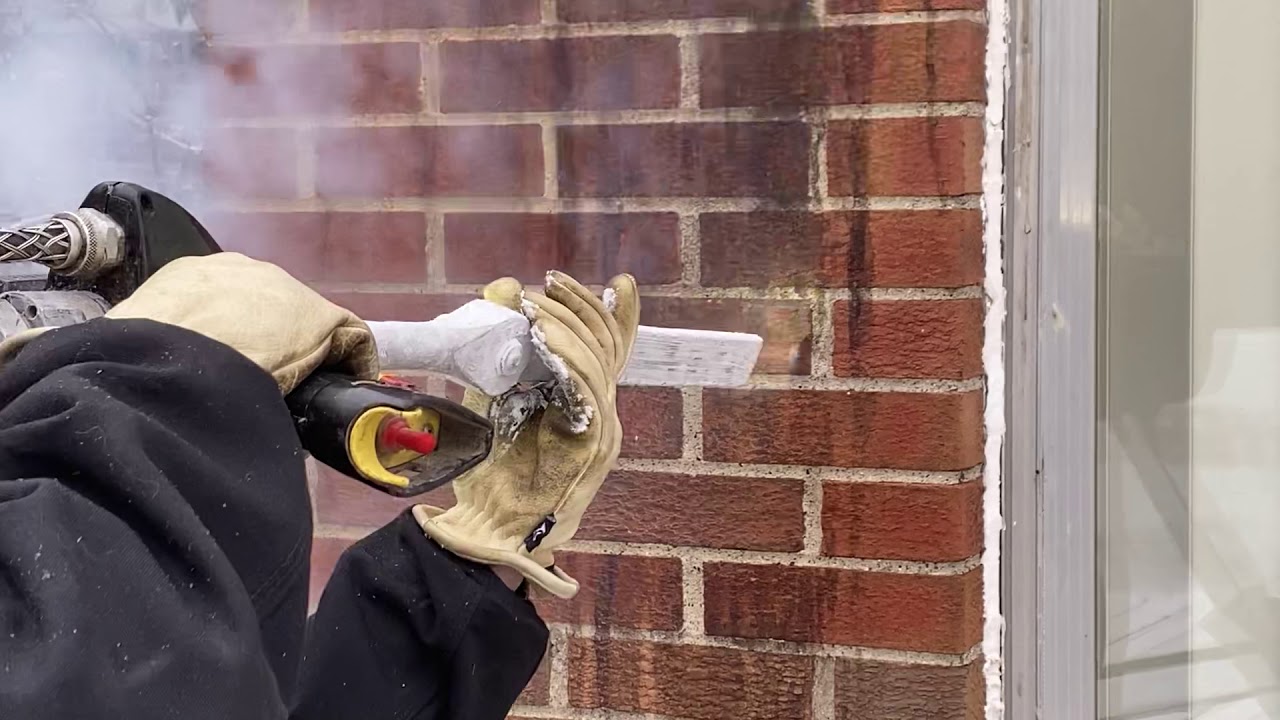
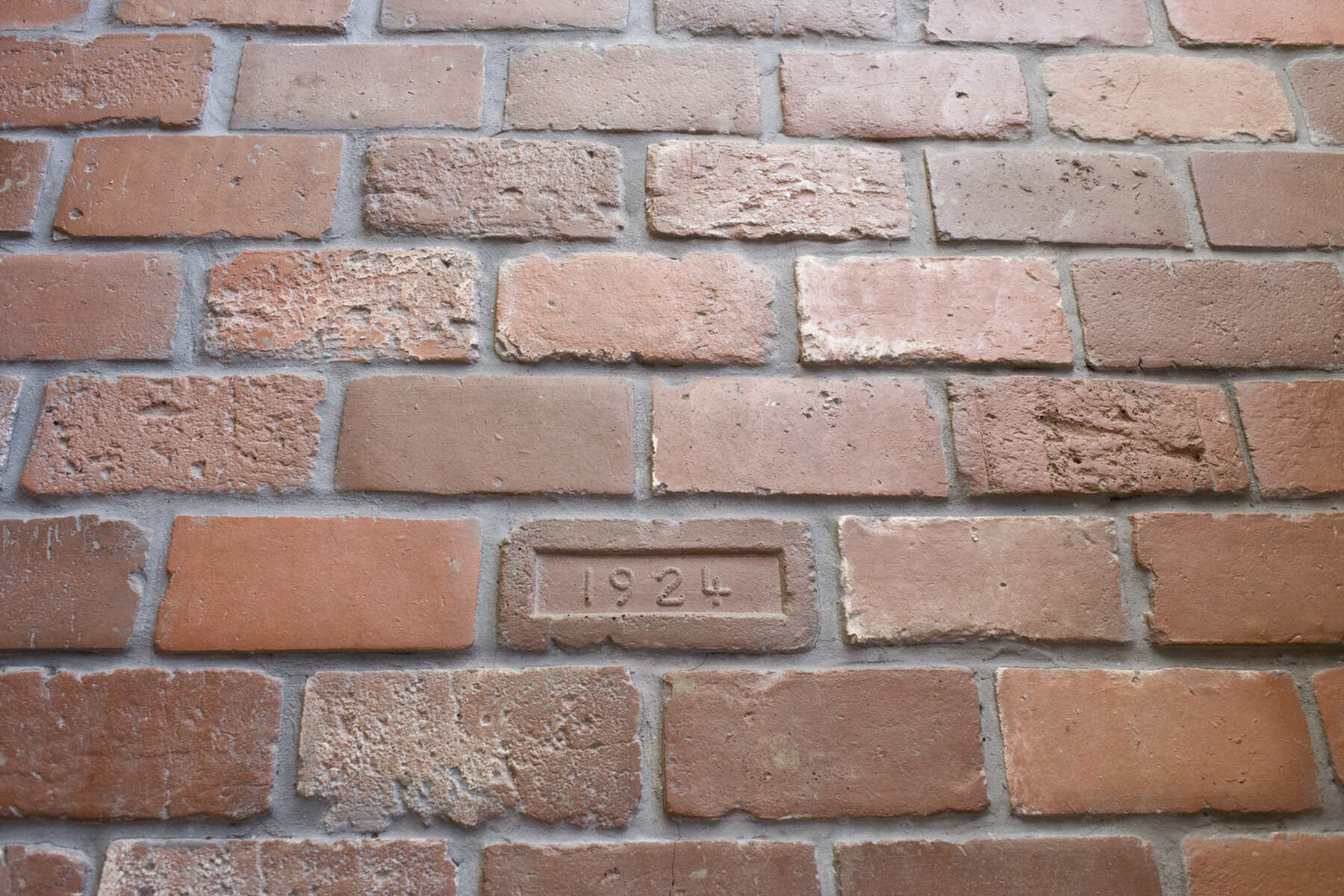

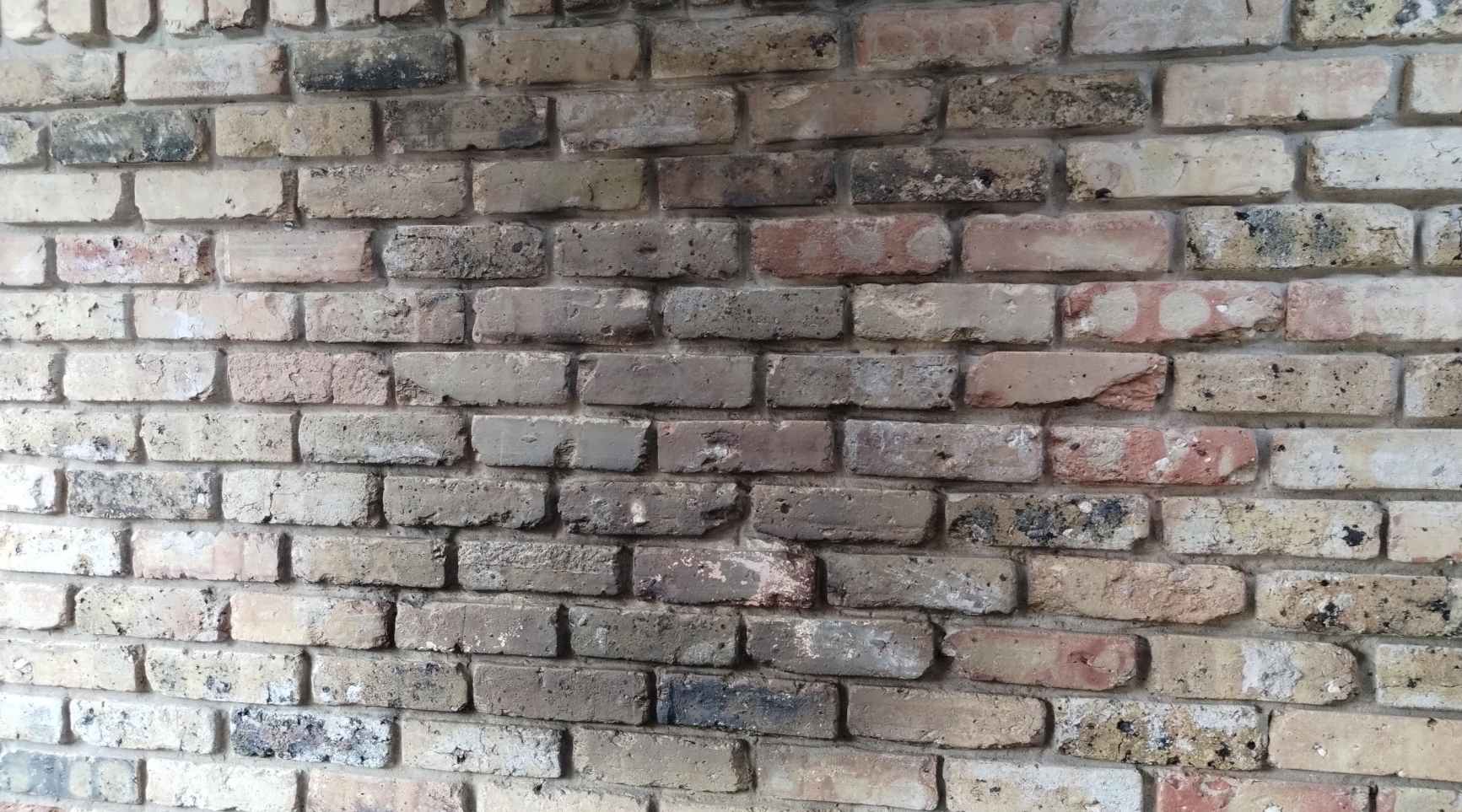
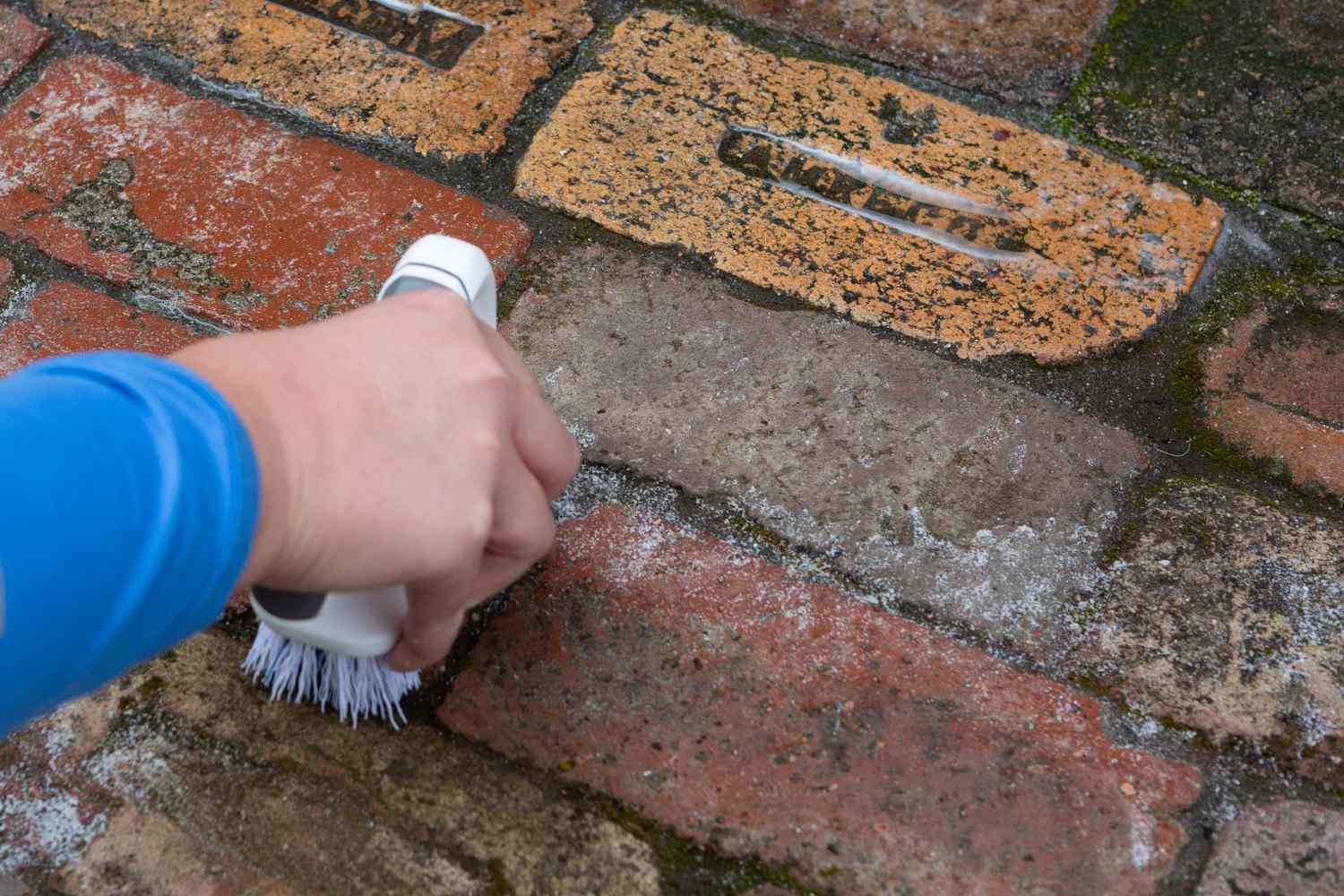
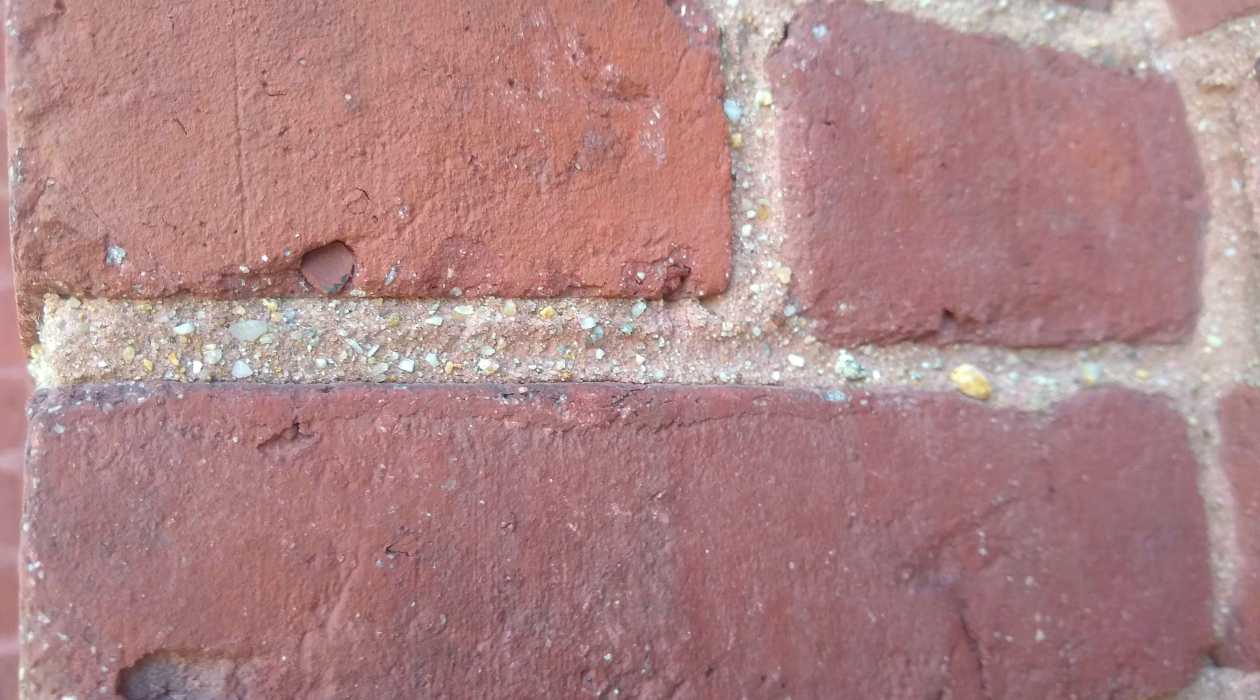
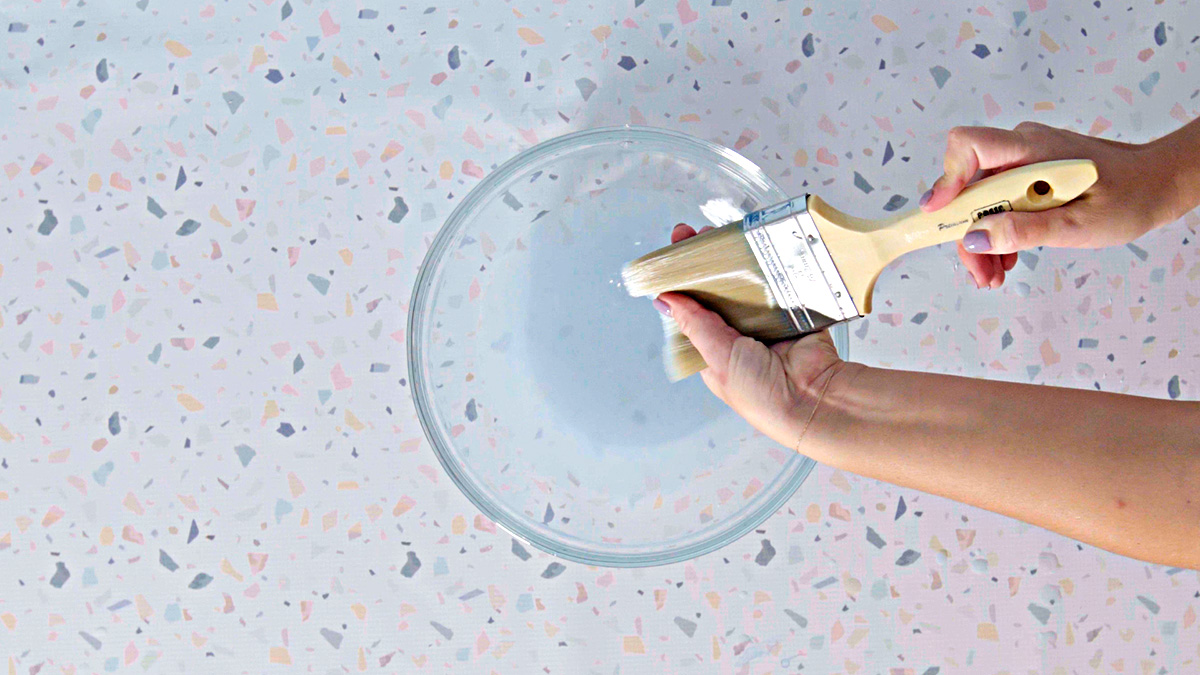
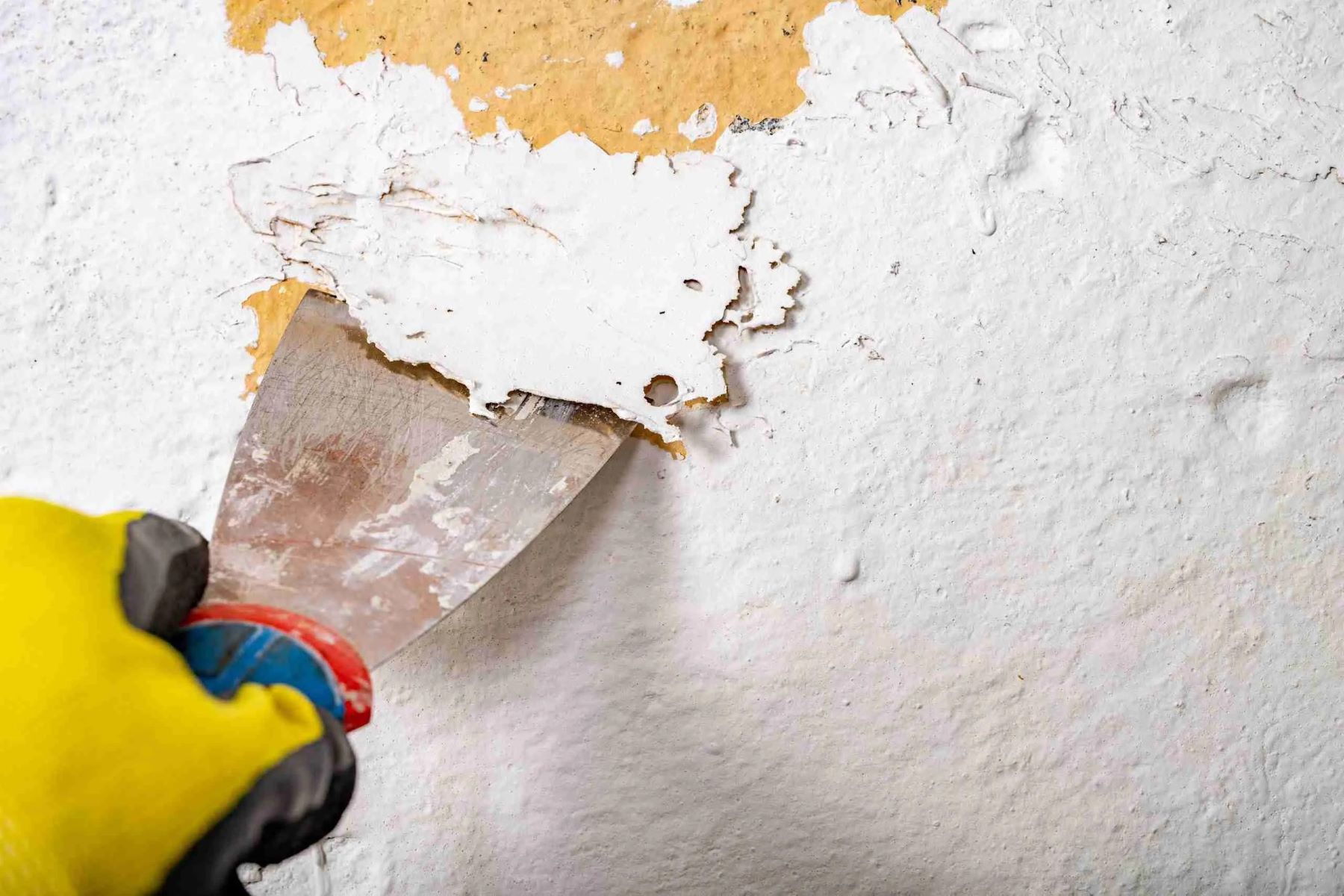
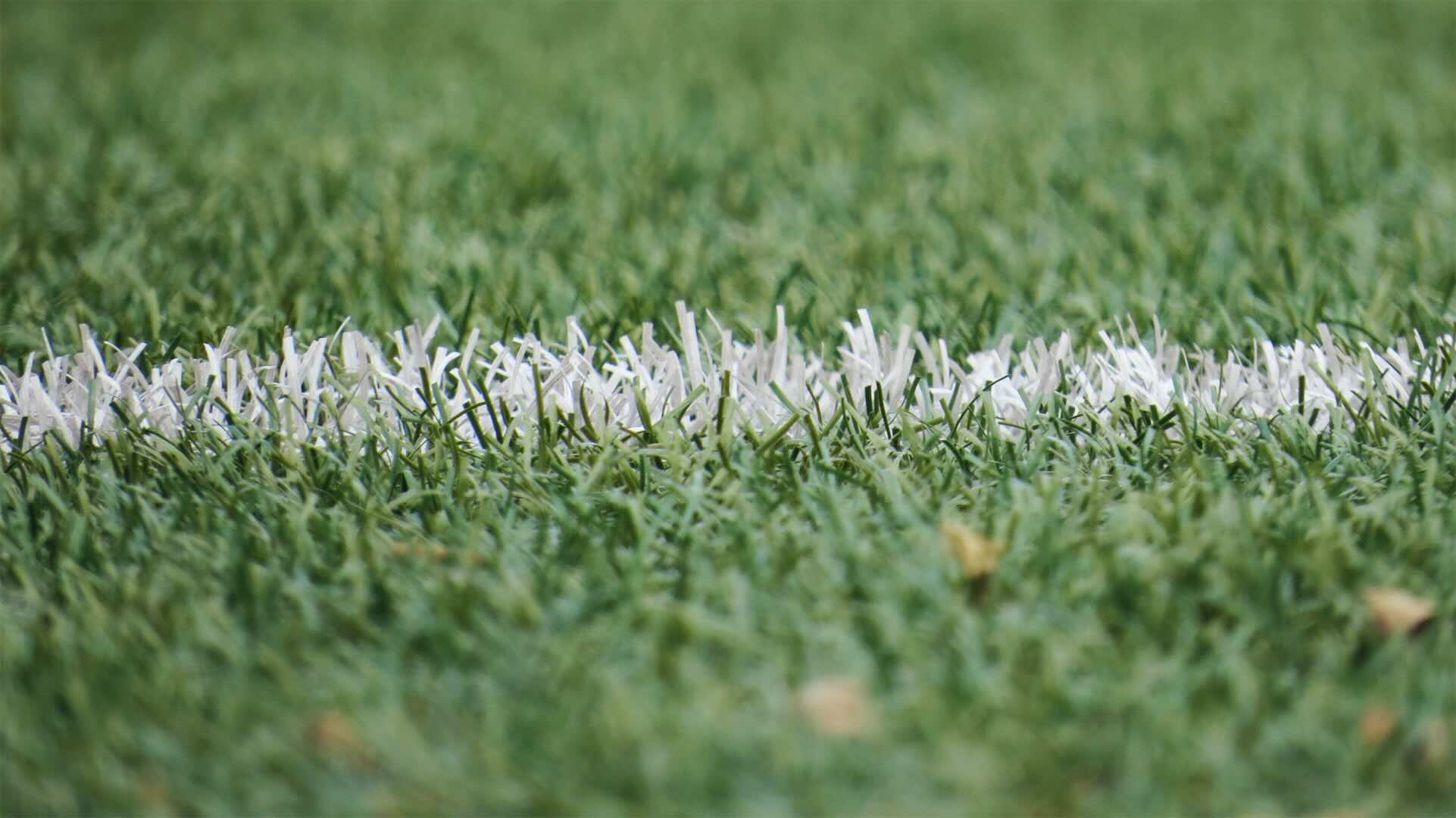
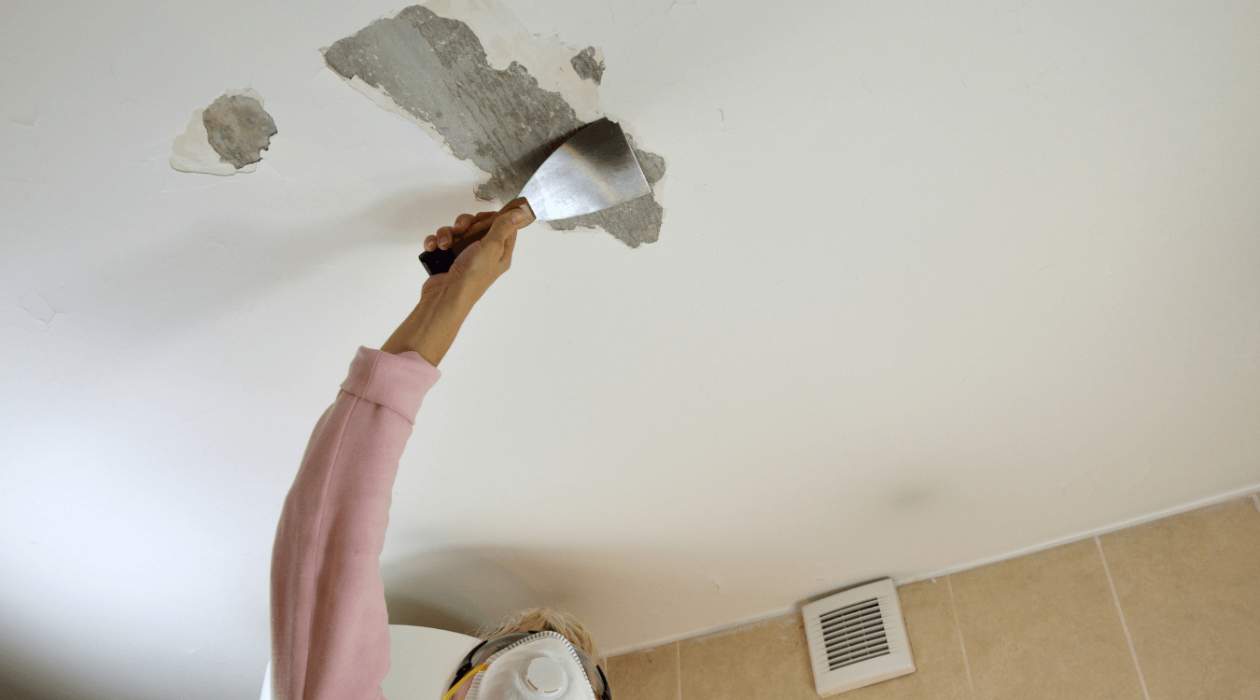
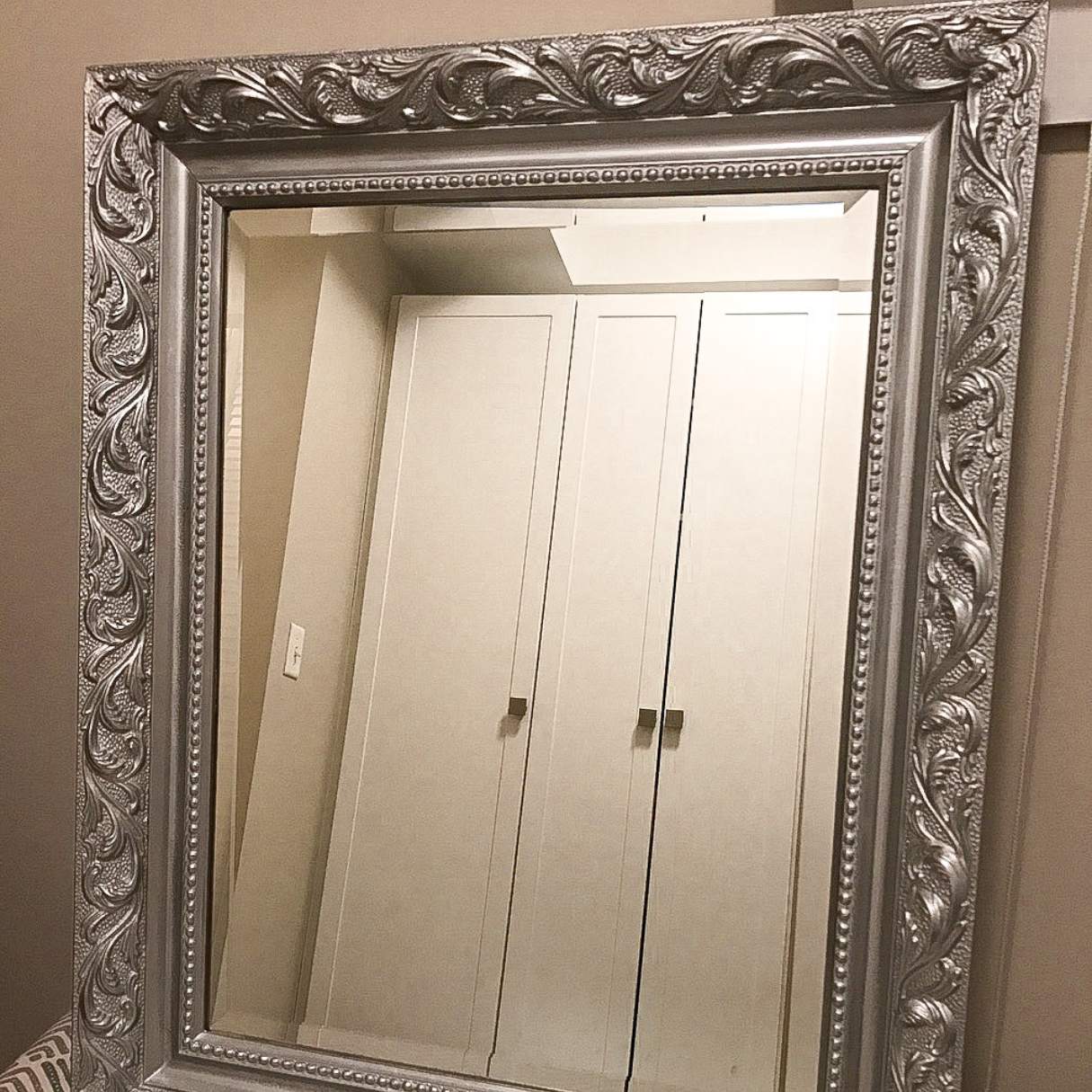
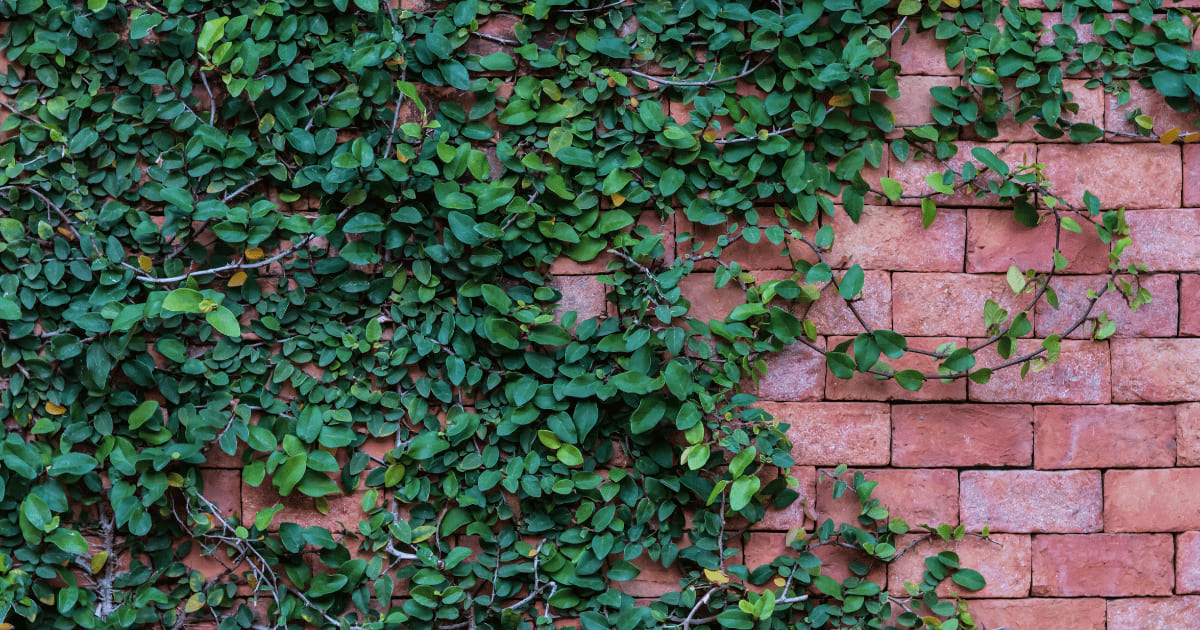
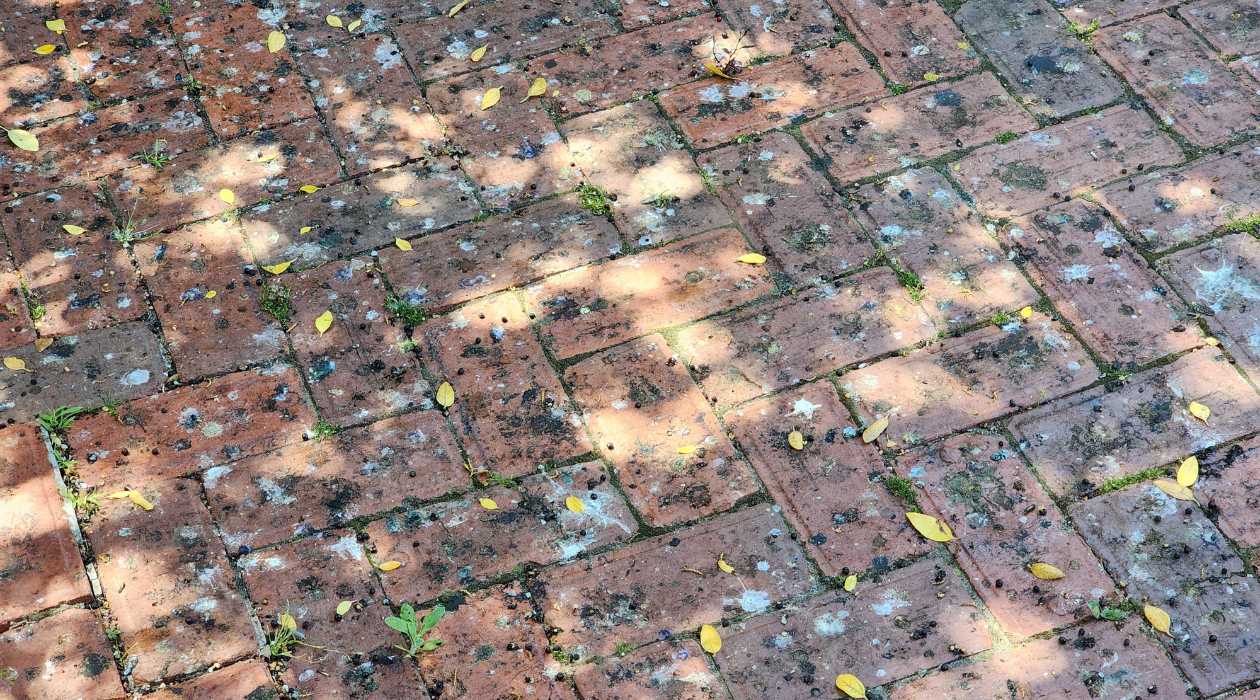
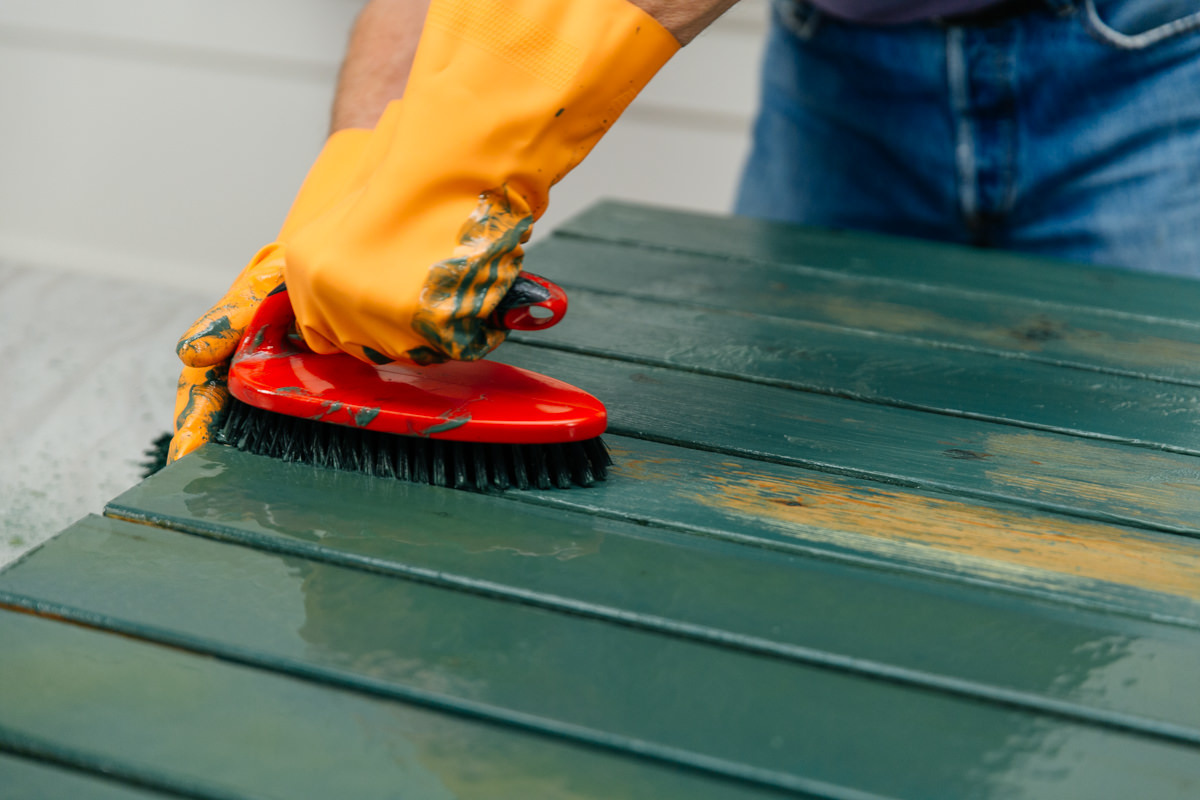

0 thoughts on “How To Get Latex Paint Off Of Brick”